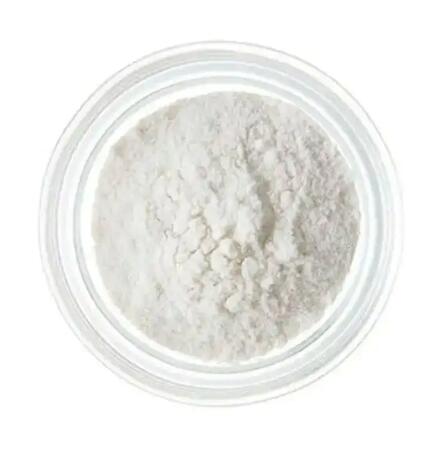The Production Process of PTA: Unraveling the Journey from Raw Material to Final Product
2024-06-07
PTA, or Purified Terephthalic Acid, is a critical ingredient in the chemical industry, especially for the production of polyester resins and fibers. Its importance lies in its unique properties and wide range of applications. But how does PTA actually get produced? Let's delve into the production process of PTA and understand the steps involved.
Step 1: Raw Material Selection
The production of PTA starts with the selection of the raw material, primarily para-xylene (PX). PX is a hydrocarbon compound that serves as the starting point for the PTA manufacturing process. It is obtained from petroleum refining or coal tar distillation.
Step 2: Oxidation
Once the PX is obtained, it undergoes the oxidation process. This step involves reacting PX with air or oxygen in a reactor at high temperatures and pressures. The oxidation process converts PX into terephthalic acid (TA), the precursor of PTA.
Step 3: Purification
After the oxidation step, the resulting TA mixture contains impurities that need to be removed. This is where the purification process comes in. The TA mixture is passed through a series of purification steps, including filtration, crystallization, and distillation. These steps help separate the TA from the impurities, resulting in purified terephthalic acid (PTA).
Step 4: Post-Treatment
Once the PTA is obtained, it undergoes post-treatment processes to ensure its quality and suitability for further use. These processes include drying, packaging, and storing the PTA under appropriate conditions to maintain its purity and stability.
Environmental Considerations
It's worth mentioning that the production of PTA involves chemical reactions that can potentially generate pollutants. Therefore, environmental regulations and sustainable practices are crucial in minimizing the impact of PTA production on the environment. Manufacturers follow strict guidelines to ensure the safe and environmentally responsible production of PTA.
Conclusion
In summary, the production of PTA involves several steps starting from raw material selection to oxidation, purification, and post-treatment. The process requires careful control of reaction conditions and purification steps to ensure the high purity and quality of the final PTA product. Understanding the production process of PTA helps us appreciate its importance and the efforts made to ensure its safe and sustainable production.



